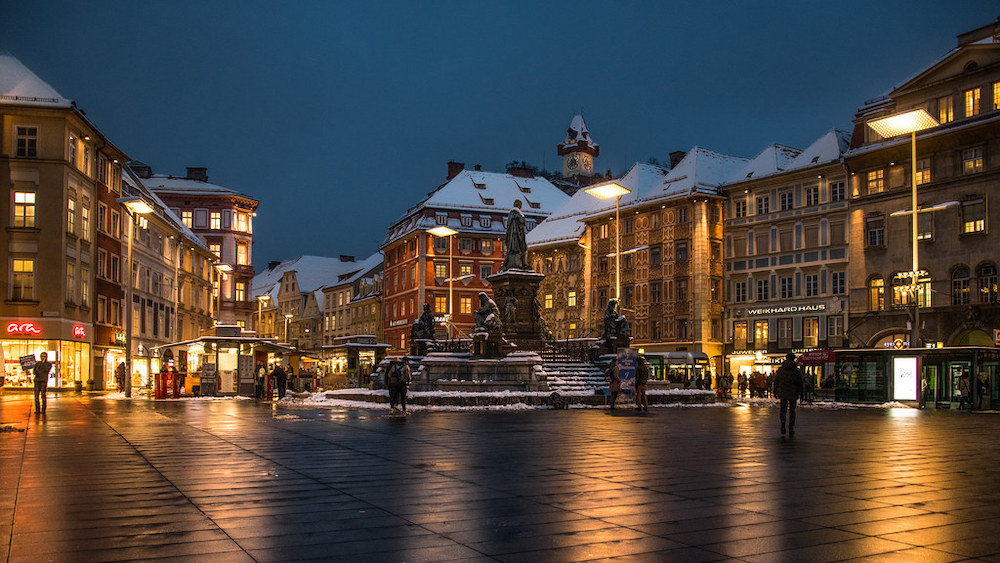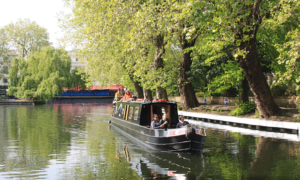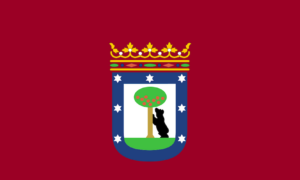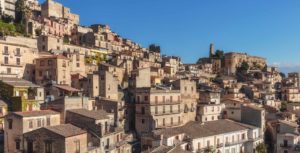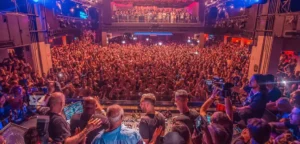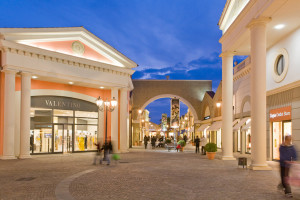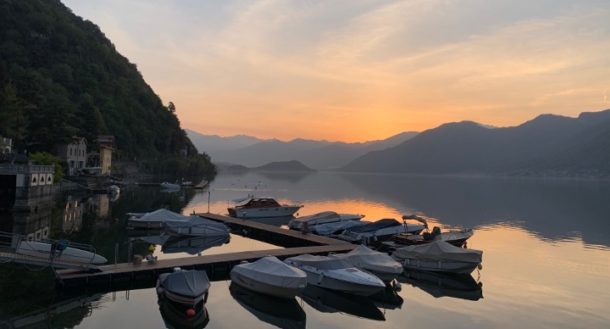As the largest city by far, Vienna often receives most of the urban attention when visitors or expats think about Austria. At 1.8 million inhabitants, Vienna dwarfs the size of the other Austrian cities and makes up nearly 20 percent of the Austrian population in general. But the other cities in Austria, despite their smaller sizes, have a lot to offer and stand alone as cultural and international scenes to be explored. One such city is the lively and beautiful city of Graz.
The second city by population in Austria, Graz is the capitol of the state of Styria (or Steiermark in Austria). At only 292,000 inhabitants, the provincial capitol is much smaller than Vienna and its calm atmosphere and quiet vibe demonstrates this.
However, Graz punches far above its weight in cultural and artistic influence.
Designated the European Capital of Culture for 2003 and the UNESCO City of Design in 2011, Graz has a creative and colourfully modern character combined with the traditional Baroque architecture and cafe/bar culture typical of other Austrian cities.
Originally one of the residential cities of the Habsburgs, the city can also boast the more traditional and imperial side of Austria which attracts tourists to other parts of the country. The Eggenberg Palace and Old Town (both UNESCO Historical Sites) are long-established on the list of visitors to Austria, and display the ancestral history of Austria’s former ruling family.
Another highlight of visiting the more classical side of Graz is the Schlossberg and Clock Tower, a steep hill with imperial residences and gardens which rises abruptly from the old centre to allow fantastic views of the surrounding valleys and hills.
On the other side of the traditional face of Graz are the surprisingly modern buildings that dot the city, many of them centered around the River Mur, which runs through the centre. The ultra-modern, almost Sci-Fi design of the Kunsthaus Graz was built as a space for local and international contemporary art, and to celebrate the city’s position as Capital of European Culture.
The “Island” in the River Mur is another interesting modern design, showing the unique side of the city’s modern design traditions as a nest-like cafe/bar in the middle of the river connected by two curving pedestrian bridges.
The Argos building by legendary modern designer Zaha Hadid, and the University of Graz main library with its combination of tradition and modernist styles, are also worth the visit for any modern architecture fans.
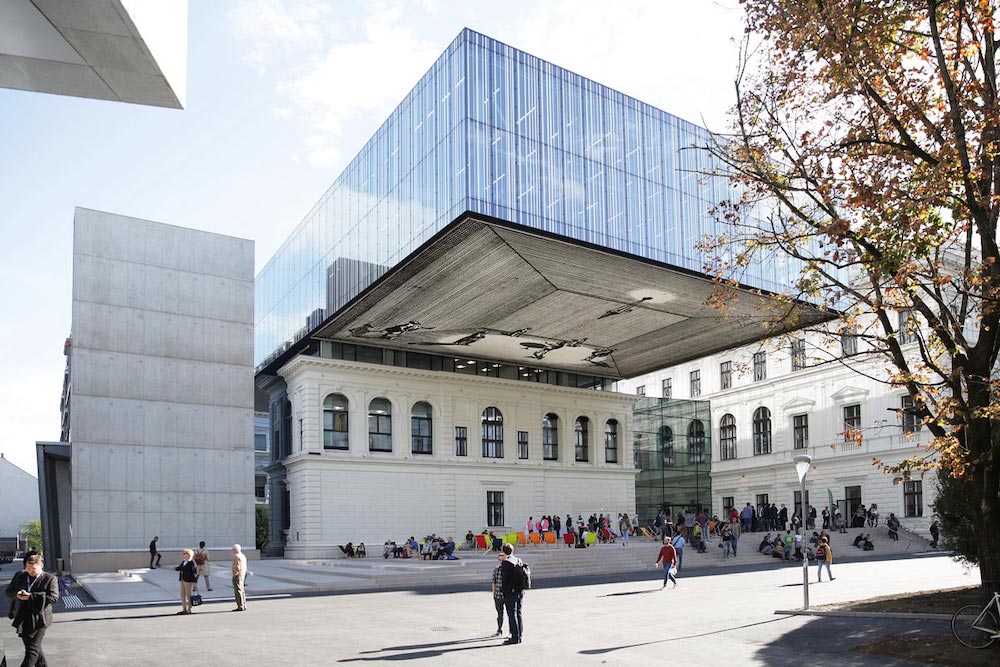
NOT a sleepy provincial town
I lived in Graz for two months running summer programs when I first moved to Austria, and I have spent many weekends visiting friends there during the past years. The city avoids the yoke of being a quiet provincial capitol due to a few different factors, and has the night-life, museums and cultural events more typically associated with national capitols.
The large number of students attending Graz’s six universities is a big contributor to this, and helps keep the city feeling young and accessible. With a large number of traditional bars and cafes (many of them offering live music in the evening), as well as a plethora of third-wave hip coffeehouses accommodating the young student crowd, there are many places to meet with friends, study or relax on a winter’s afternoon.
Some of the cafe’s I personally enjoy visiting when in town are the traditional Kaffee Weitzer and Cafe Kaiserfeld, and the hip Tribeka coffeeshop.
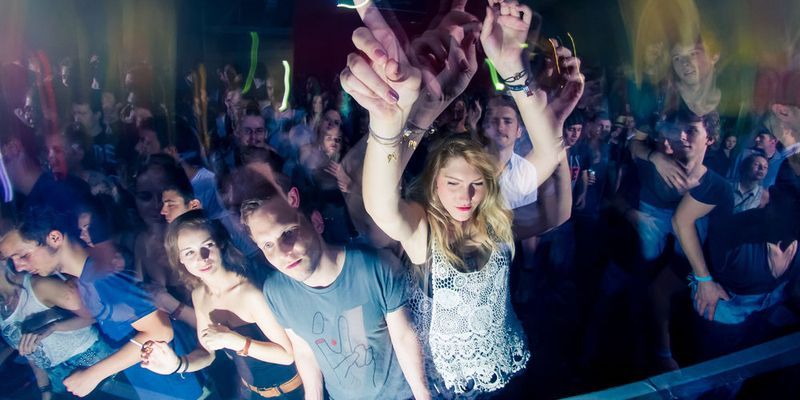
For more the party vibe, Graz also does not disappoint.
• One of the most unique party and concert locations in the country (maybe the continent!) is Dom im Berg, a huge venue carved directly into the rock of the Schlossberg in the centre of town. Hosting concerts and late-night dance raves, the locale is impressive and sounds amazing, with a special paint covering the rocks to reduce echo and allow for the best sound possible.
• Closer to the river is Club Wakuum, a venue promising nothing more than what any good night out requires – good music played loud, a fun and friendly crowd shouting over the din and a large drinks menu.
• For the more sedate side of night-life, I also love visiting the Miles Jazz Bar on the other side of the river from the Old Town. Often hosting live regional Jazz acts, the bar is cozy and welcoming and usually packed to the brim with locals of all ages.
• Lastly, Graz also hosts the Elevate Festival every year in March. Focused on contemporary music, art and political discourse, the festival takes over the city centre and cultural sights for five days each spring. Attracting international acts, artists and thinkers, the festival has become a staple for show-casing what’s new in a wide range of disciplines and media.
As a foreigner living in Austria, Graz also feels more comfortable than some of the other “rural” cities dotted around the country.
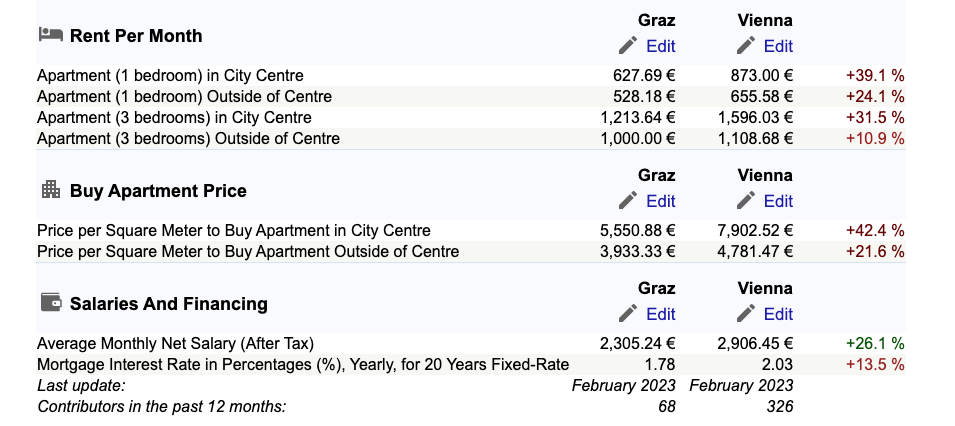
THE city for internationals
Twenty percent of residents in Graz are internationals drawn to the city to work as faculty in the diverse departments of the universities, or to work in the new tech start-ups that are based there to avoid the higher business costs of the country’s capital. The universities have well-respected programs in medicine, science and Biotech and this is a large factor in attracting such a crowd of international professionals.
An added bonus of living and working in Graz are the lower costs of living and rental prices, which are considerably less than living in Vienna. An apartment or house in Vienna is going to cost at least 9-to-10-percent more than in the Styrian capital.
Combined with an international airport and a short two-hour travel time to Vienna (either north along the E59 Highway or via direct train), Graz is a pleasantly impressive place to relocate to as a foreigner looking for a quieter, affordable city that still offers culture and a spirited atmosphere and lifestyle.
Thom Harding was born and raised in the UK and USA, sharing his time between Bath and Boston. Upon completing his studies in Art History and Painting in Florence, Thom travelled around Mexico and India before moving to New Mexico to start his career as a Primary school teacher.
After completing his MA in Education, he now lives and works in Vienna, Austria and enjoys spending his free time hiking, reading, travelling and exploring around Europe.
See more of Thom’s work here in the Dispatches archive.
You can read more about Vienna here in the Dispatches archives.


